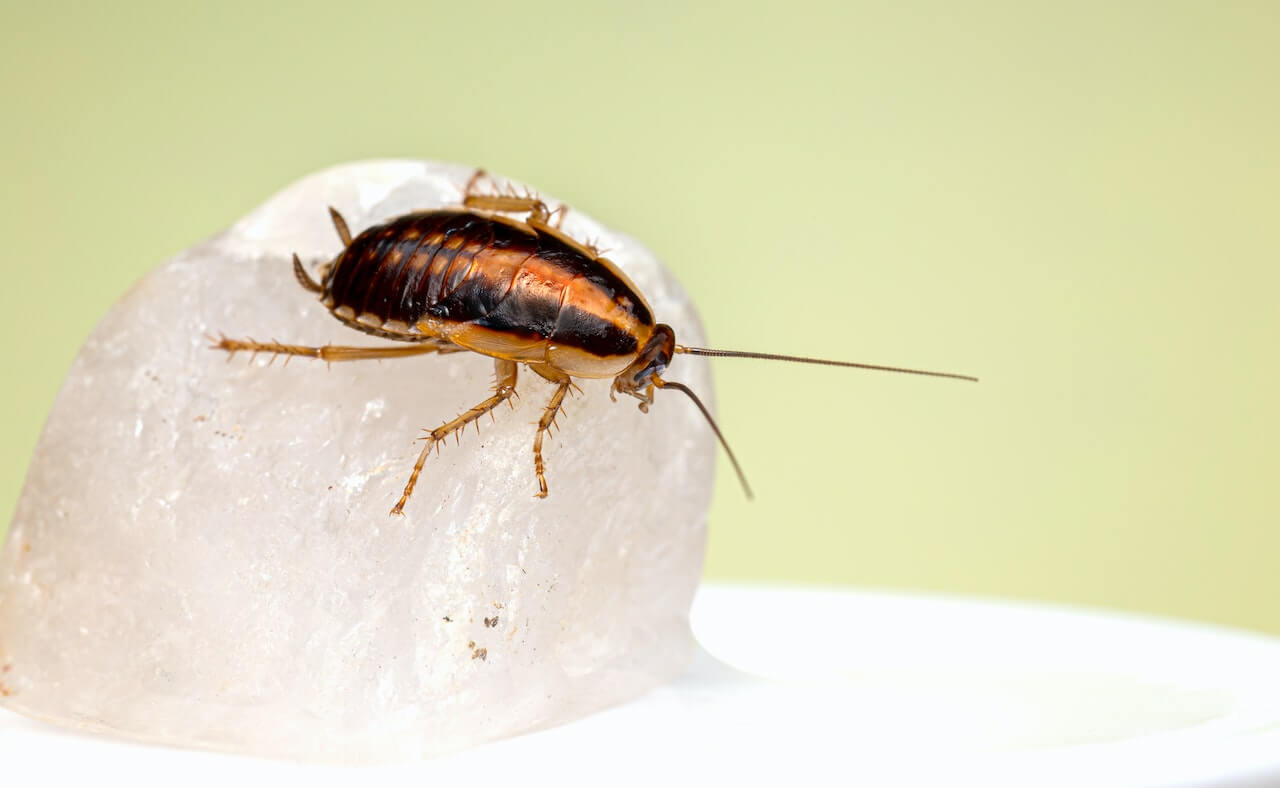
Louisiana is known for its rich culture and diverse wildlife, including various types of cockroaches. These tough bugs are common in the state, thriving in its warm and humid climate. They’re widespread and known for adapting to different environments, making homes as much of their territory as the wild.
So, how do these insects turn your home into their playground, and what can you do to protect your home against roaches?
This guide will help you learn about the common species of cockroaches in Louisiana and how to prevent them from infesting your home.
Where Do Cockroaches Live?
Cockroaches in Louisiana are adaptable, thriving in places with warmth and moisture like sewers, drains, and cozy basements.
Their ability to exploit even small amounts of food and water makes them persistent invaders. They often infiltrate through tiny cracks and gaps in walls, doors, and floors, drawn to spaces that offer the slightest hint of sustenance or shelter.
Once inside, cockroaches head to kitchens, feasting on available food. They aren’t picky about their hiding spots, nesting in cabinets or under appliances, especially close to moisture sources crucial for survival.
What Attracts Cockroaches?
Cockroaches in Louisiana have a reputation for being opportunistic feeders. They are not picky about their diet and will consume a wide range of organic matter. A typical diet for these insects includes:
Food scraps: Leftover crumbs and bits of food that are not cleaned up.
Garbage: They often infiltrate trash cans and waste disposal areas to find nourishment.
Decaying organic matter: They thrive on decomposing plants and animals, which are rich in nutrients.
These critters often scour for food sources in the darkness, taking advantage of the cover of night to avoid predators and the heat of the day. Their foraging habits lead them to:
Kitchens: They are notorious for invading homes and feeding on the food found there.
Bathrooms: Moist environments provide ideal conditions for mold and mildew, which are also consumed.
Basements and Drains: These areas often accumulate debris and are less frequently cleaned.
Cockroachescan contaminate food supplies and spread harmful bacteria since cockroaches are carriers of food-borne pathogens.
Types of Cockroaches in Louisiana
Louisiana is home to many types of cockroaches, each with its unique characteristics. Regular pest control practices help manage their presence, maintaining a comfortable environment.
Let’s look at the common species of cockroaches in Louisiana:
| Species | Size | Color | Habitat |
| American Cockroach | Up to 2 inches | Reddish-brown | Warm, damp areas (sewers, basements) |
| German Cockroach | 1/2 to 5/8 inches | Brown with dark stripes | Indoor environments |
| Oriental Cockroach | 1 to 1.25 inches | Dark brown | Outdoor spaces, damp areas (basements) |
| Brown-Banded Cockroach | 1/2 to 5/8 inches | Brown with wing banding | Warmer, drier areas (upper cabinets) |
| Smoky Brown Cockroach | Around 1.5 inches | Mahogany | Outdoor settings (tree bark, leaf litter) |
| Australian Cockroach | 1.25 to 1.5 inches | Yellow-striped edge | Outdoor, warm, humid conditions |
| Surinam Cockroach | 0.5 to 0.75 inches | Dark brown to black | Greenhouses, under debris |
American Cockroach
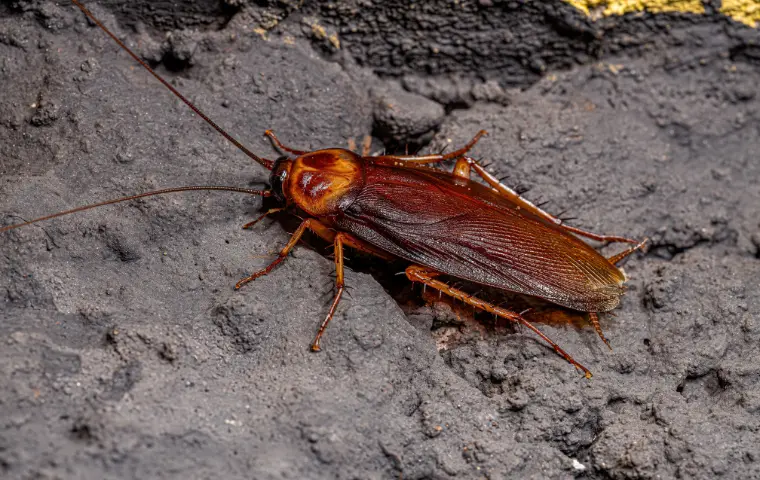
The American Cockroach is a large species, measuring up to 2 inches, with an oval-shaped body, long antennae, and wings. It’s agile and fast, capable of running up to 3 miles per hour, and tends to run rather than fly when disturbed.
The American Cockroach releases a foul odor when threatened, and its dark brown eggs are usually hidden. These cockroaches are commonly located in warm, damp areas with water sources, such as sewers and basements.
German Cockroach
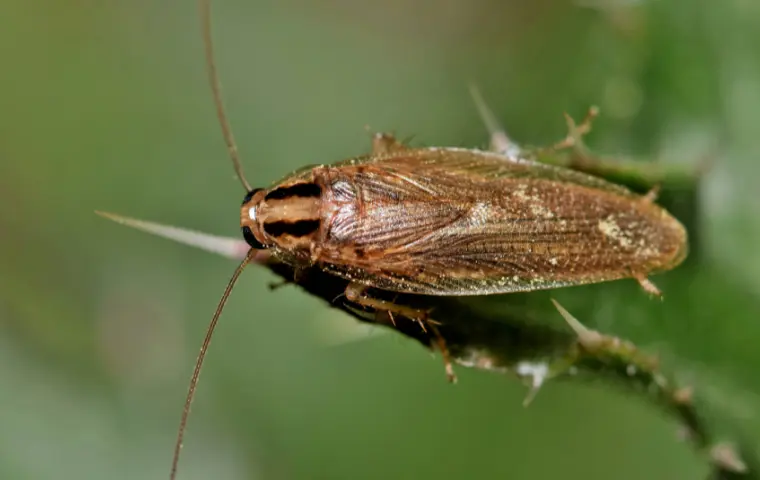
The German Cockroach usually measures from 1/2 to 5/8 inches, easily identified by two dark stripes just behind its head. It prefers indoor environments with access to food, warmth, and moisture.
These cockroaches breed rapidly due to a short reproductive cycle.
Their adaptability and ability to hide in tight spaces make German Cockroaches challenging to control. They pose a substantial health risk by carrying and spreading pathogens, leading to allergic reactions and respiratory problems in humans.
Oriental Cockroach
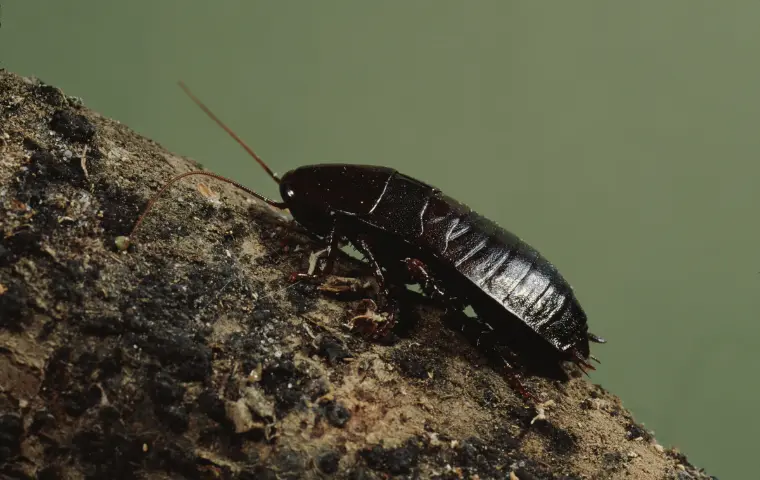
The Oriental Cockroach is a robust, dark brown species ranging from 1 to 1.25 inches. It is often found near decaying organic matter, displaying a preference for cooler temperatures.
The Oriental Cockroach often relies on passive transport to infiltrate human environments. It inhabits outdoor or concealed spaces like crevices and crawl spaces near damp areas such as basements and drains.
While not a strong flier, it can run fast and can navigate narrow gaps.
Brown-Banded Cockroach
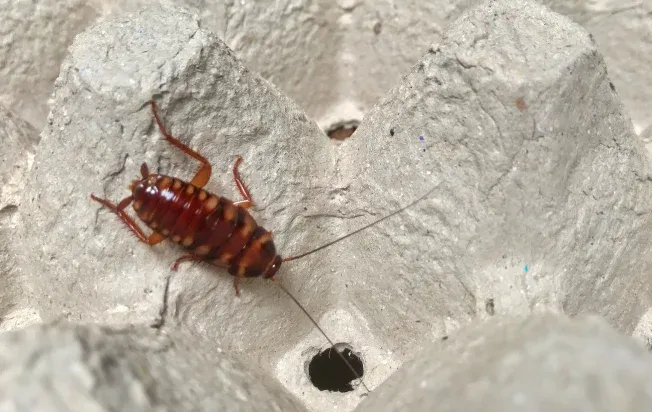
The Brown-Banded Cockroach is a smaller species, around 1/2 to 5/8 inches, with distinctive wing banding. It prefers warmer, drier conditions, and is commonly found in higher locations like upper cabinets.
Unlike other cockroaches, the Brown-Banded cockroach thrives in living spaces rather than damp areas and has a unique reproductive strategy where females carry their egg cases for an extended period before depositing them.
Smoky Brown Cockroach
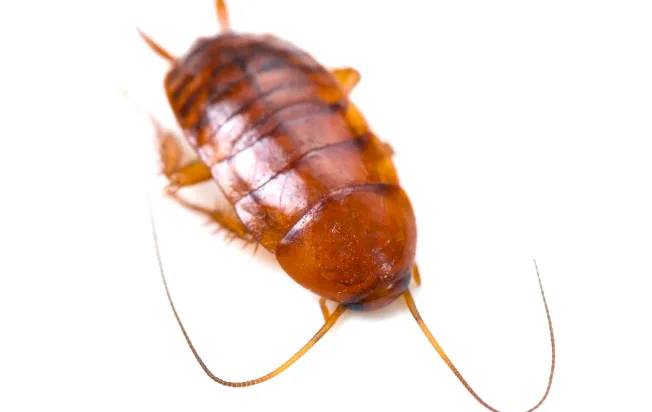
The Smoky Brown Cockroach is an outdoor species, measuring around 1.5 inches, with a uniform mahogany color. It thrives in warm, humid climates, and is commonly found in natural settings like tree bark and leaf litter.
The Smokey Brown cockroach isn’t well-suited for indoor survival and reproduction, but they may wander indoors occasionally, presenting a potential nuisance for homeowners in search of food or shelter.
Australian Cockroach
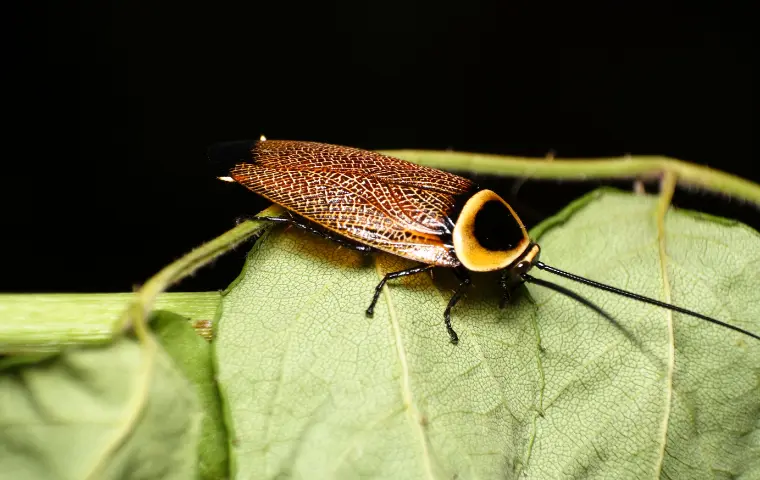
The Australian Cockroach is a species that, contrary to its name, is commonly found in Louisiana. You might recognize the Australian Cockroach by the distinctive yellow-striped edge on its thorax.
This cockroach typically measures around 1.25 to 1.5 inches in length. It is well adapted to outdoor environments, favoring warm and humid conditions.
Australian Cockroaches are strong fliers and are attracted to light sources, making them more likely to be found around outdoor or indoor lighting.
Surinam Cockroach
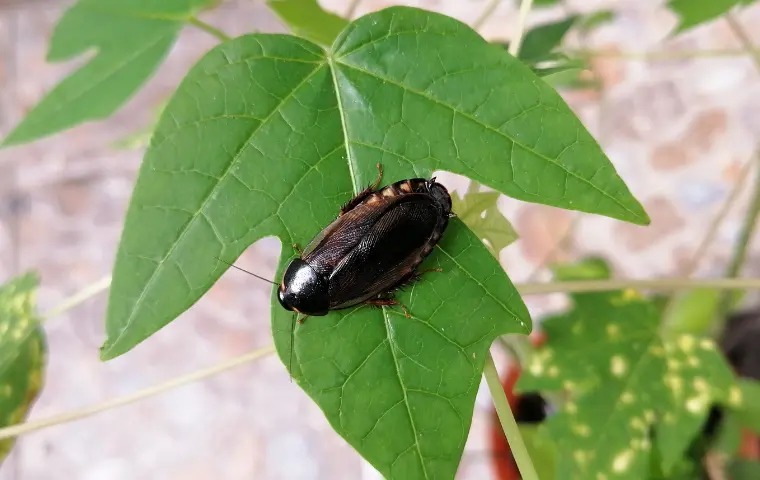
The Surinam Cockroach is a small species known for burrowing and often found in greenhouses or under debris, favoring sheltered places. With a shiny, dark brown to black appearance and a size of about 0.5 to 0.75 inches, it isn’t good at climbing smooth surfaces and tends to stay low.
The Surinam Cockroach thrives in tropical climates and can adjust to indoor settings, especially those with high humidity.
Despite its ability to establish populations in confined spaces, it’s not considered a major pest and is generally easier to manage than other cockroach species.
What’s the Problem With Cockroaches?
Cockroaches in Louisiana go beyond being annoying; they bring about several health and hygiene concerns that can impact residents’ well-being. These household pests are well-known for multiplying quickly, leading to infestations if not dealt with promptly.
One significant health problem is that cockroaches can carry numerous bacteria, viruses, and other pathogens. They often traverse unclean areas before entering homes, picking up microbes that can contaminate food and surfaces.
Health Impact
Asthma: Cockroach droppings, skin shedding, and other detritus are potent allergens, particularly problematic for individuals with respiratory issues. These allergens can exacerbate asthma symptoms, especially in children.
Disease Spread: Cockroaches contribute to the spread of various illnesses. They can act as vectors for bacteria like E. coli and Salmonella, potentially causing food poisoning and other gastrointestinal conditions.
Preventing and Eliminating Cockroaches in Louisiana
Louisiana residents often face cockroach infestations due to the warm, humid climate. Effective prevention and elimination involve crucial steps.
Preventive Measures
Sealing Entry Points: Cockroaches can slip through entry points and tiny cracks. Sealing holes, gaps, and cracks in walls, foundations, and around windows and doors is critical.
Cleanliness: They are attracted to food remnants. Keeping kitchen surfaces and floors clean, promptly washing dirty dishes, and storing food in sealed containers help deter them.
Pet Food: Pets should be fed on a schedule, and excess food should be promptly removed to prevent these nocturnal scavengers from having a feast at night.
DIY Cockroach Control Methods
Boric Acid: A common product in the fight against roaches. Sprinkling boric acid in identified areas can be temporarily effective, but it must be used carefully, especially around pets and children.
Glue Traps: These can help monitor the extent of an infestation and catch roaches in high-traffic areas.
–
Get $15 Off Your Cockroach Service Today!
–
Cockroach Control Professionals in Louisiana
Remember, when infestations are severe or persistent, calling a professional pest control expert in Louisiana is the best way to tackle your cockroach problem fast.
Here’s how our cockroach extermination process works:
Free Inspection: Our trained exterminators will perform a free inspection to determine the points of entry and the severity of your infestation.
Customized Treatment Plan: We’ll provide a customized treatment plan based on our findings from the inspection.
If you have a persistent cockroach problem and are in need of help, visit our website or give us a call at (+1)985-859-7378 to secure fast and effective pest control services.